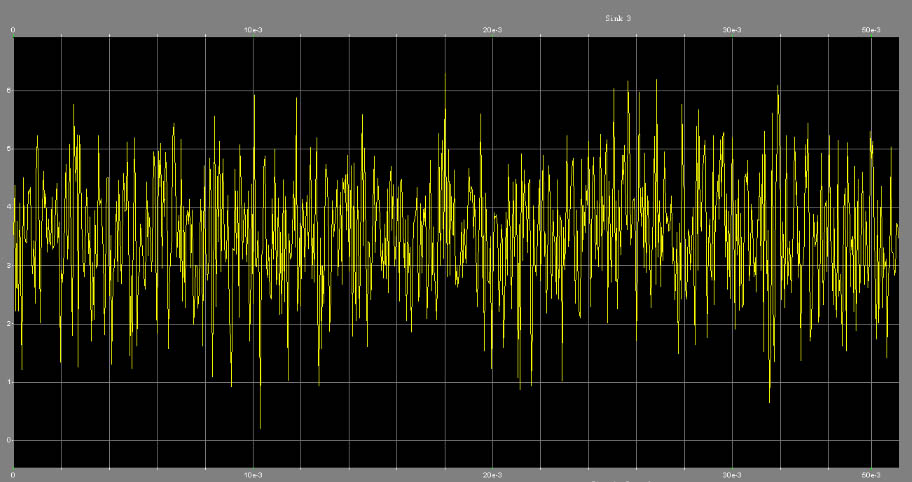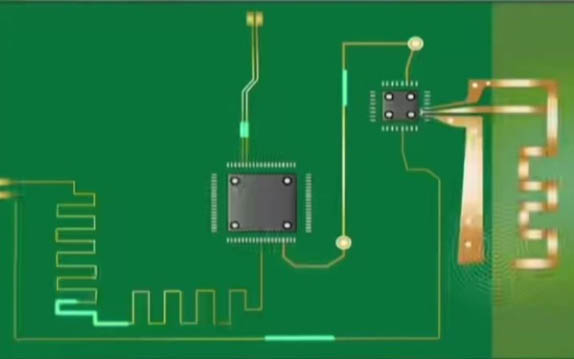RF interference(RFI) can be described as the effects of unwanted RF energy in a system, which manifests itself as performance degradation, data loss, equipment damage, etc.
RF interference is a narrowband interference that affects electronic systems and can be considered a subsystem of electromagnetic interference.
Analog circuits often face intermodulation and demodulation effects due to RF interference.
Radiated susceptibility of amplitude modulation (AM) receivers interferes with radio reception and has always been a problem in radio communications. AM receivers are more susceptible to radio frequency interference (RFI) than frequency modulation (FM) receivers. Typically, RF interference in radio receivers is caused by transmitters that broadcast signals on the same frequency or in the same frequency band. Cordless phones, oscillator amplifiers, and baby monitors are all sources of radio interference to AM receivers. Overloading of AM radio receivers by nearby transmitters can also create RF interference problems in radio broadcasts. Other systems that handle electromagnetic signals are also susceptible to RF interference.

RF interference(RFI)
What is RF interference?
The frequency range from 3kHz to 300GHz is called the radio spectrum. It is a limited resource and many electronic and wireless systems use this spectrum for various applications and services. As the number of systems using the radio spectrum increases, the stability and performance of electronic devices using this spectrum are deteriorating.
The effect of unwanted electromagnetic energy on electronic systems is called interference. Interference is usually divided into electromagnetic interference (EMI) and radio frequency interference (RFI). RFI can be described as the effect of unwanted radio frequency energy in a system, which manifests as performance degradation, data loss, equipment damage, etc.
RFI is a narrowband interference that affects electronic systems and can be considered a subsystem of electromagnetic interference. In electronic systems affected by RFI, the RF source and receiver are physically separated, but the unwanted electromagnetic signals that generate interference can affect the normal operation of the equipment. Electromagnetic noise is inductively coupled between the source and the receiver, which is called radiated radiation.
In general, the electromagnetic coupling mechanism that produces RFI is induction. Any component of an electronic circuit can be used as an antenna that transmits or absorbs RFI. The length of a component used as an antenna should be at least equal to 1/20 of the signal wavelength. Regarding the component length-wavelength relationship, high-frequency signal systems are more likely to radiate RF interference(RFI) than low-frequency signal systems. Cables, tall components, and holes in housings are examples of RFI antennas that emit RF noise.
Types of RF noise, RF noise can be:
1. Accidental RF noise - These are RF energy radiated or leaked by devices, which often generate RF energy for use within the device. An example is the RF energy emitted outward by the clock (timer) in a tablet.
2. Regular RF noise - Regular RF noise is generated and emitted by the device it is designed for. An example is an unlicensed wireless baby monitor.
3. Normal RF noise - Normal RF noise is atmospheric (static) noise or cosmic noise. An example is lightning and noise generated by celestial bodies.
4. Man-made RF noise - Man-made RF noise is generated by man-made systems such as power electronic systems, LEDs, computer clocks, etc. This RF radiation is regular or accidental.
5. Man-made RF noise - Aggregate man-made RF noise is composed of man-made radiation sources such as harmonics, out-of-band radiation, and stray signals from licensed and unlicensed devices.
6. Internal RF noise - RF receivers generate internal noise, this RF interference is called internal RF noise. An example is thermal noise.

Effects of RF interference(RFI)
1. Interference with radio reception - Radio frequency interference hinders radio broadcasting. Radio frequency interference generated by mobile phones, portable electronic devices, household appliances, etc. is capable of interfering with radio receivers used for communication and navigation purposes.
2. Electronic system failure - RFI can interfere with the normal operation of electronic systems.
3. Intermodulation and demodulation - Analog circuits often face intermodulation and modulation effects due to RF interference. In the case of multi-frequency RFI, nonlinearities in the circuit produce sum and difference frequencies of the fundamental components, and harmonics (called intermodulation products) may fall within the passband of the circuit. The generated RF noise can be demodulated by active components in the circuit to produce signals within the passband of the circuit.
4. Data corruption - In digital circuits, RF noise can cause timing jitter, which in turn can cause data corruption.
5. Equipment damage - High intensity RF noise near sensitive equipment can generate enough energy to cause permanent damage to system components and even the entire system
RFI can interfere with the function of sensitive equipment, especially radio transmitters, radar, communication and navigation systems. AP circuit engineers can help you plan RF interference(RFI) mitigation suitable for the circuit or device of interest. If you would like to learn more about RF interference(RFI) solutions, please contact our team of electronic manufacturing experts.